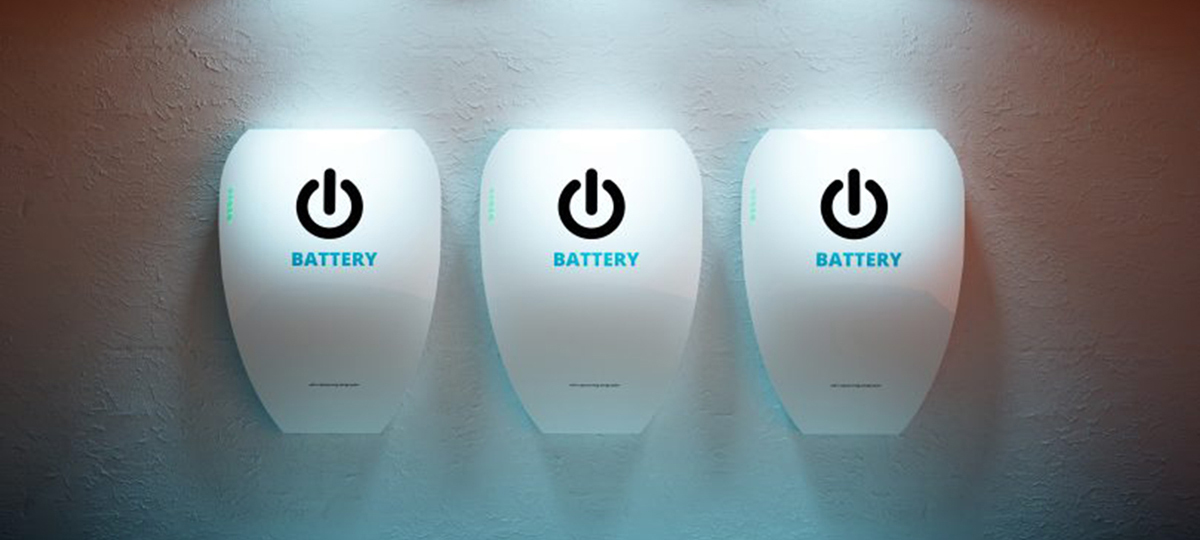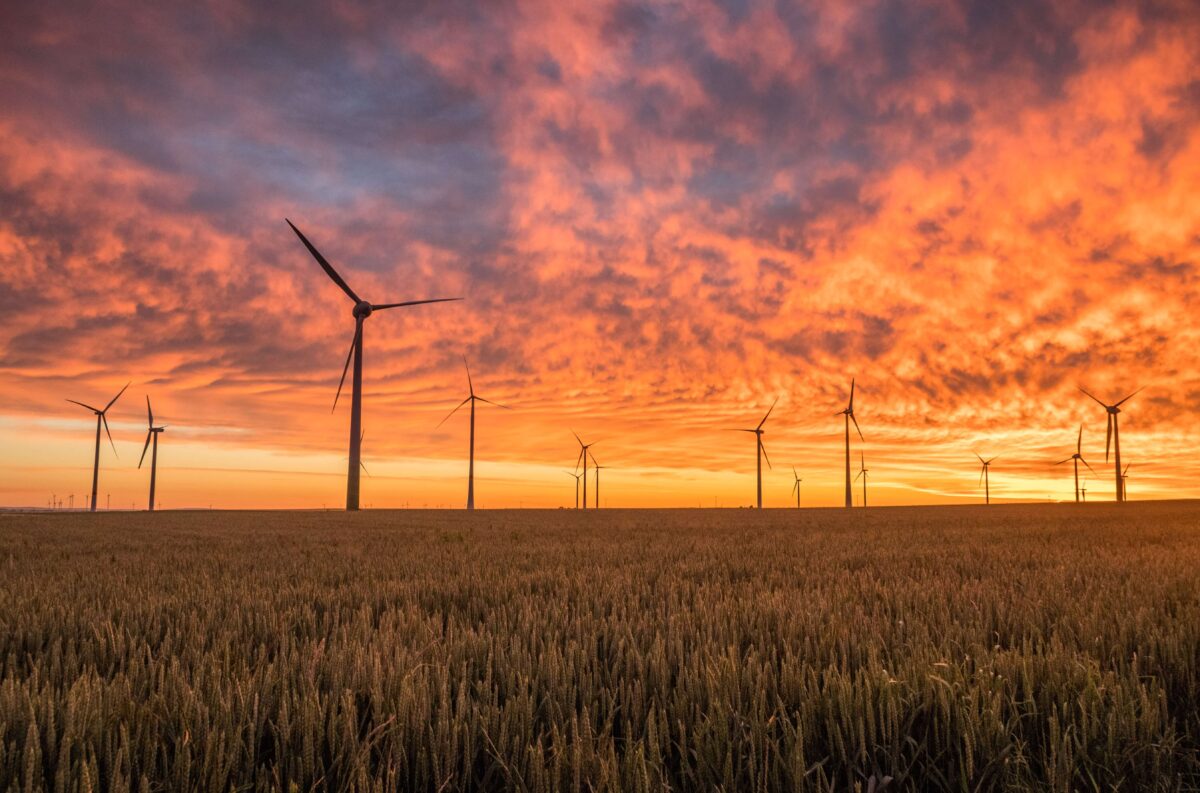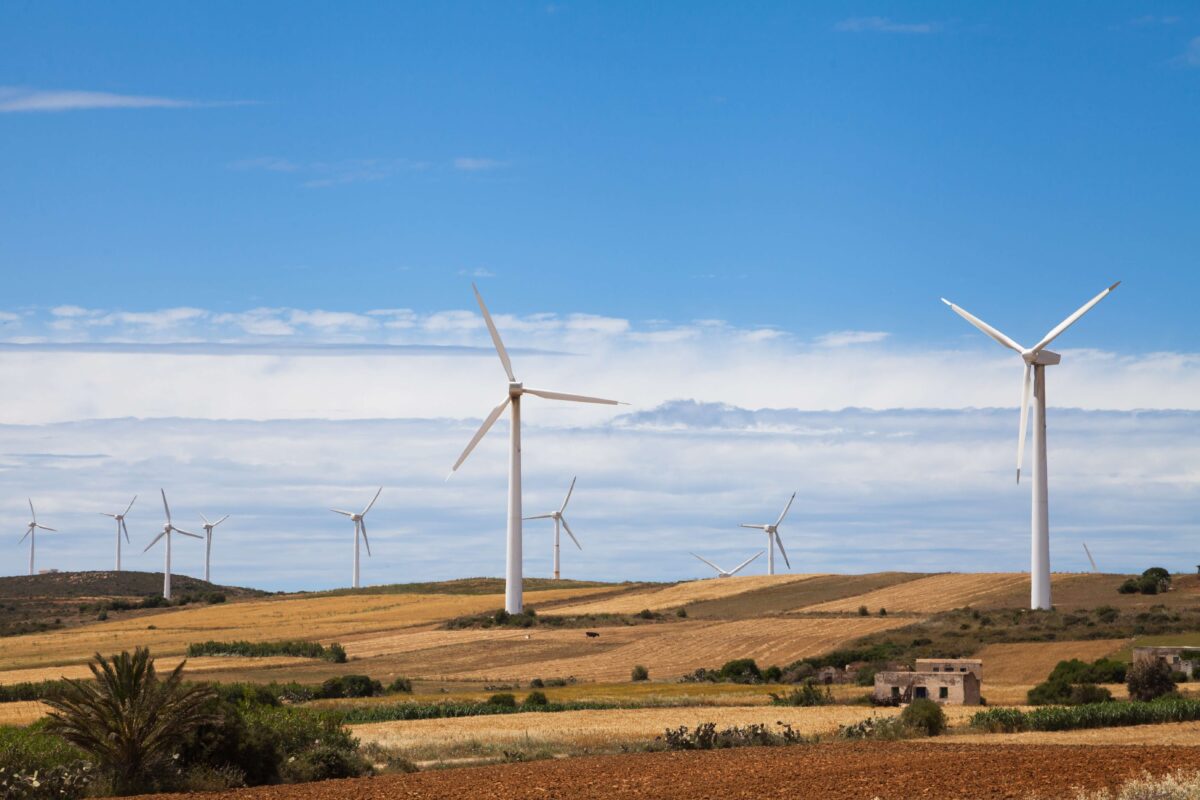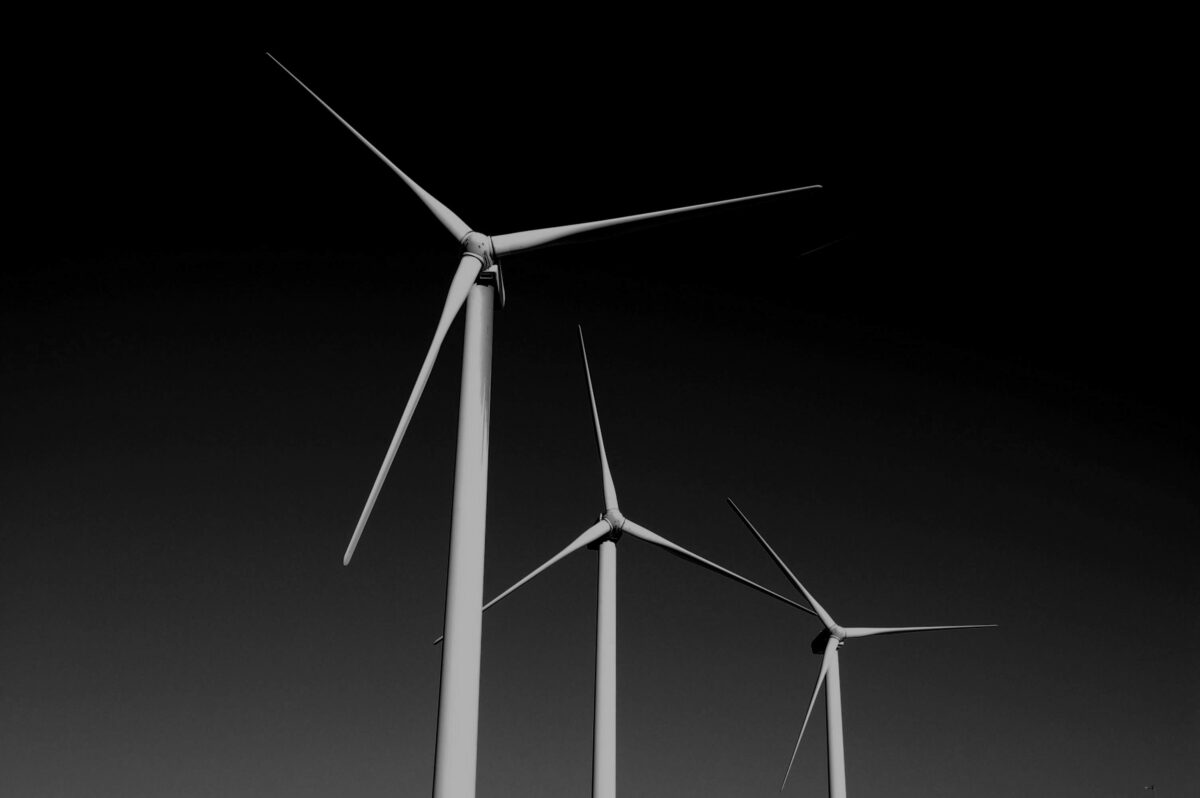IPCC report
IPCC Report
To kick start October, the International Panel on Climate Change (IPCC) released their Special Report on Global Warming of 1.5 °C. Read the Summary for Policy makers here. The report emphasises the difference between a temperature rise of 1.5 °C and that of 2 °C. According to the press release: “By 2100, global sea level rise would be 10 cm lower with global warming of 1.5°C compared with 2°C. The likelihood of an Arctic Ocean free of sea ice in summer would be once per century with global warming of 1.5°C, compared with at least once per decade with 2°C. Coral reefs would decline by 70-90 percent with global warming of 1.5°C, whereas virtually all (> 99%) would be lost with 2 °C”.
Jim Skea, Co-Chair of IPCC Working Group III, states that “Limiting warming to 1.5°C is possible within the laws of chemistry and physics but doing so would require unprecedented changes”. This is demonstrated in the above figure taken from the IPCC Summary for Policy Makers, which shows that in order to meet the target of 1.5°C the global community must reach net zero emissions around the year 2050. A significant ask, but one that would reduce the “challenging impacts on ecosystems, human health and well-being” said Priyardarshi Shukla, Co-Chair of IPCC Working Group III.
Progress in Renewables
As we’ve seen from the most recent IPCC report, there is an urgent need for clean generation capacity to expand, and it is doing just that.
An additional 260 MW utility solar PV has just been approved in Florida, which will contribute towards the 44 % increase in installed solar PV expected over the next decade.
Even the oil and gas companies are getting involved in the renewable energy sector. Petroleum Development Oman (PDO) is now the sole wholesale purchaser of power from the Marubeni consortium’s 100 MW solar project in Amin, Oman.
High efficiency PV is also gaining traction with SunPower, manufacturers of high efficiency silicon PV, securing the bid for the largest PV installation in Australia; an almost 350 MW PV plant in New South Wales.
There is also progress being made in the wind industry. The Crown Estate Scotland has published a report claiming that UK based floating wind generation could generate £33.6 billion by 2050 and support 17,000 jobs. In order for the UK to reach its target of 50 GW offshore wind by 2050, floating wind is likely to need to offer at least 10 GW of this.
Energy Storage
Along with any increase in solar or wind generation capacity comes the increased impact of intermittency and the need to store energy.
Europe’s largest energy storage pilot is underway in Belgium. The project consists of 2MW of solar PV with a total of 4.2MWh of energy stored in lithium-ion battery and flow battery systems.
Tesla Powerpack batteries have paired up with Nova Innovation’s tidal generation in Scotland as part of a government funded project.
However, it’s not all large scale. NREL have teamed up with the Salt River Project to investigate home battery storage with almost 300 residents having already applied to be part of the project.
Electric Vehicles
This quarter, electric vehicles have continued to attract investment with three Chinese electric vehicle firms raising $1.9 billion from the public market, venture capital and private equity investors according to Bloomberg New Energy Finance.
In support of the EV industry, General Motors has called for a National Sales Mandate in America to encourage the sale of zero-emission vehicles, which they predict could get over 7 million EVs on to the road by 2030.
It’s not only car companies getting on the electric vehicle bandwagon. EDF has partnered with Nuvve to offer business customers vehicle-to-grid (V2G)charging services. V2G allows energy to not only be transferred to the vehicle battery on charging, but also extracted from the vehicle battery, for a price, when there is a need on the electricity grid. This provides the vehicle owner with the opportunity to harness revenue from their vehicles.
Demand Side Response
It’s easy to think that for all energy users connivence is more valuable than cold hard cash, but time-of-use tariffs have shown that this is not always the case. In a study run by Octopus Energy investigating the effect of time-of-use tariffs, almost a third of roughly 150 consumers were found to shift their electricity consumption.
Visiting Speakers
This month we welcomed three international speakers to our internal forums: Paula Hansen, Bronwyn Lazowski and Gabrielle Kuiper.
Paula is a PhD student at the University of Curtin in Perth Australia where she studies Energy Transition, Innovation & Socio-technical dynamics and is involved in the White Gum Valley project, looking at residential properties with resident-owned solar and battery storage. The project in demonstrating how it is possible to successfully finance community owned generation and storage.
In September and October this year, we welcomed Bronwyn as a visiting PhD Candidate from the University of Waterloo, Canada. During her visit, Bronwyn presented her work on “Engaging beyond the meter: perspectives from residential smart grid research in Ontario, Canada.” The results Bronwyn presented from a residential smart grid pilot project highlighted the challenges of engaging consumers with new technologies for energy management.
Dr Gabrielle Kuiper is an Australian Churchill Fellow currently traveling across North America, the UK and Europe investigating the regulation of clean, smart, customer-centric energy networks. She spoke to the Group about her initial observations from North America for fast tracking decarbonisation and better consumer outcomes in distribution networks. You can read more about her Fellowship conversations and findings on LinkedIn.




